The Bell Family History
The Pioneer Hugh Thomas Bell
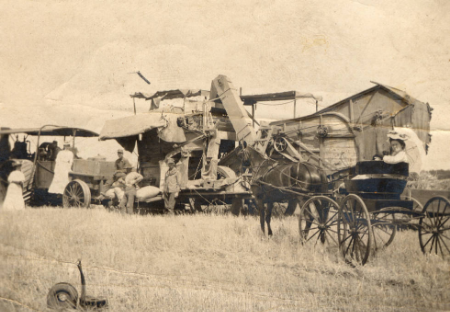 Following a family marking the beginning of the transformative era of farming and production in Butte County, the Bell family name can be traced back to Hugh Thomas Bell who made his way to Butte County in the late 19th century.
Following a family marking the beginning of the transformative era of farming and production in Butte County, the Bell family name can be traced back to Hugh Thomas Bell who made his way to Butte County in the late 19th century.
Hugh Thomas Bell was born on August 18, 1831, in the rural community of Cumberlandshire, England. A pioneer at heart, the call of adventure prompted him to the New World in 1856. At 25 years of age, Bell left his family farm and sailed for New York. After eight months staying with East Coast relatives, the possibility of striking rich with gold prompted him to depart for California. Bell traveled west in the Smith ox-team wagon train, arriving in California in 1858. With gold mining in the decline, his efforts in California did not prove a lucrative trade. He then quickly gained employment as a bricklayer for three years near what is now Marysville.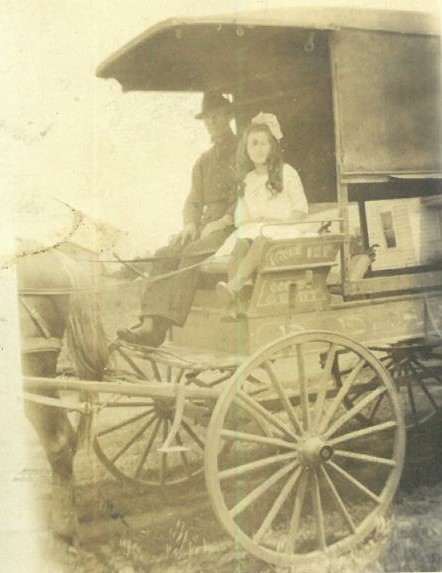
With word of the growing lumber industry in his ears, Bell’s next move brought him to his new home of Butte County. In 1865, Bell began work with the Sierra Flume and Lumber Company in its west branch and Forest Ranch area mills.
In 1869, Bell decided to venture home to England to visit and claim his childhood sweetheart as his wife. Although the a future with Bell held the promise of adventure in California and promising income with the lumber company, his proposal of marriage was declined. However, an enthusiastic sister agreed to the opportunity to see the new world, and Eleanor Ivison and Bell married in 1871.
In May 1871, Bell and his new bride returned back to California to make their home. A new opportunity with the Springer Lumber Company was what ultimately brought the Bells to their new home of Chico.
The Beginning of the Bell Ranch
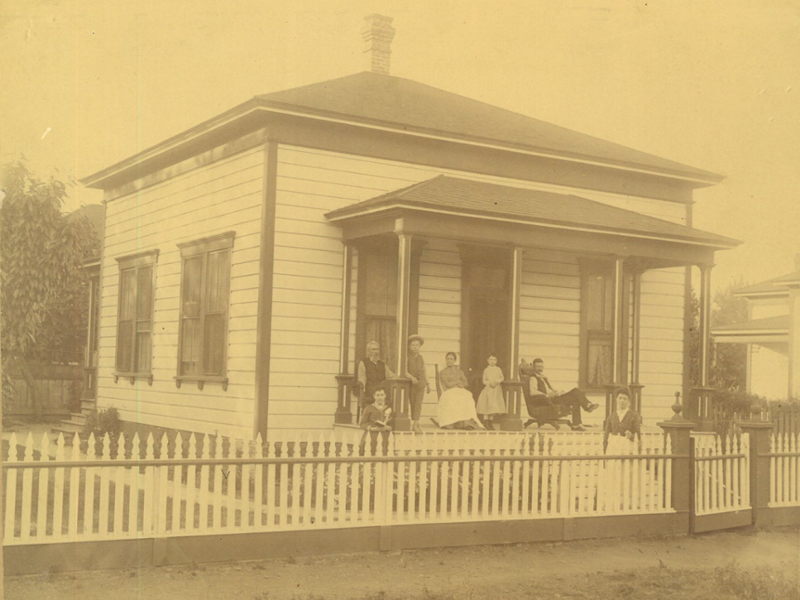 In August 1875, two quarter sections of land located north of Chico marked the beginning of one of the largest and most productive in the area: the Bell Ranch. One short week later, Bell purchased an additional 160 acres from Samuel B. Shaw for $5,900, and it would stand as the Bell family home until 1901 and become known as “The Old Home Place.”
In August 1875, two quarter sections of land located north of Chico marked the beginning of one of the largest and most productive in the area: the Bell Ranch. One short week later, Bell purchased an additional 160 acres from Samuel B. Shaw for $5,900, and it would stand as the Bell family home until 1901 and become known as “The Old Home Place.”
Bell’s new land held the prospect of success with one very important tool. In the late 1800s the railroad began to take over shipping roles for farmers, and with a switch on the California-Oregon Railroad (now named the Southern Pacific Railroad) nearby, the shipment of grain from the ranch would be easier than ever. Shaw’s switch (today known as Gimble’s switch) proved a valuable asset for large growth for the ranch.
On September 1, 1875, the ranch continued to grow with the $1,400 purchase from G.W. Colby of another quarter section of 160 acres located adjacent to his first parcel. G.W. Colby was well known for the establishment of the community of Nord in 1870. Located at the switch, it became an important grain shipping community.
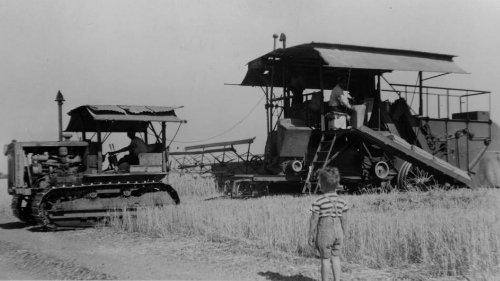
Although it grew greatly in size from its initial 320 acres, the Bell Ranch stayed in the general area of Chico, approximately 5 miles northeast of Chico on Meridian Road. In 1901, the ranch grew to 632 acres with an additional 2,000 acres being rented for farming. At this capacity of productive land, the Bell Ranch raised a record 1,000 tons of hay, 1.3 million pounds of wheat and barley, 40 head of cattle, 90 head of sheep, and 80 head of hogs working with 48 head of horses and mules in 1901.
Carrying on the Name
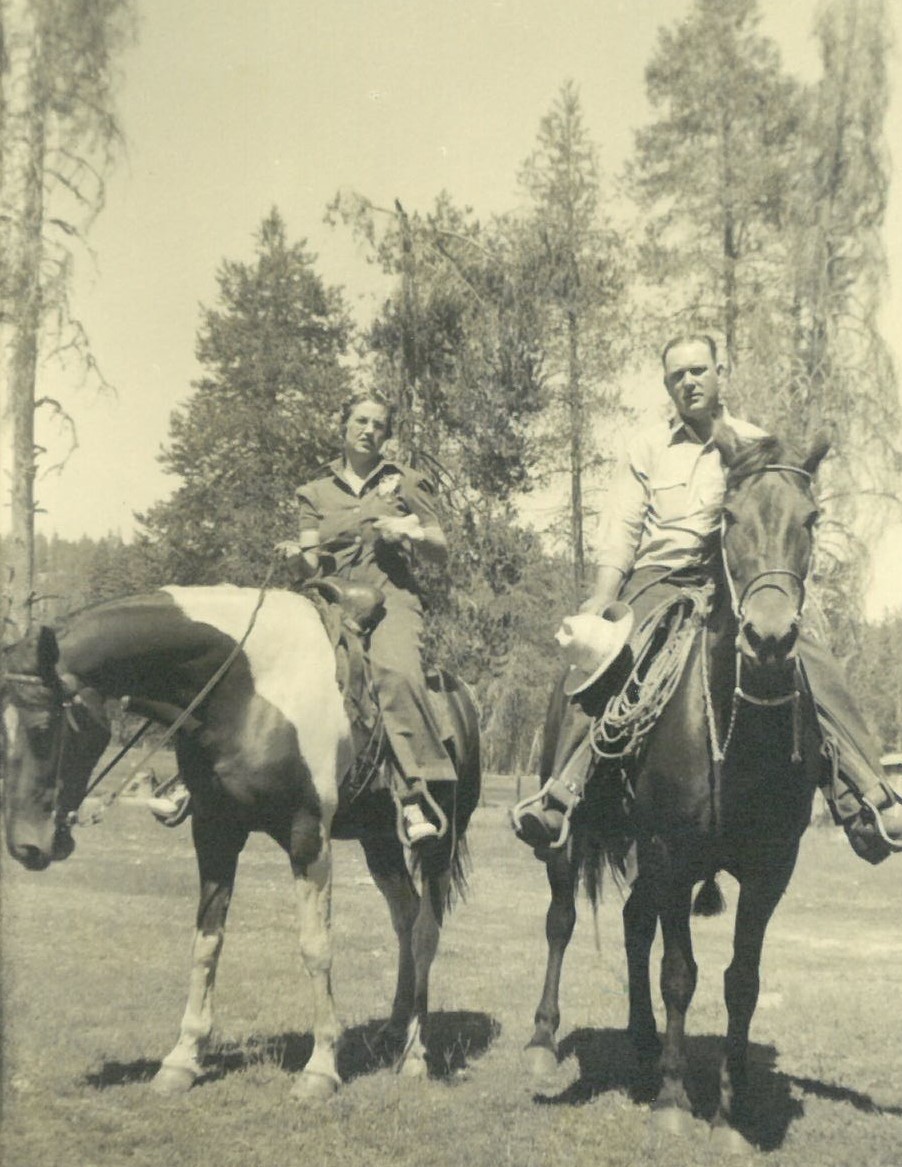 With the growth of their land and prosperity, Hugh and Eleanor’s family also grew, bearing eight children: four boys and four girls. The oldest, Francis Thomas Bell (Frank) was born in 1872 and began work on his father’s ranch at the age of five. Frank attended public school in Nord as well as supplemental courses at Woodman’s Academy in Chico. Frank remained on the family ranch for his entire life and decided not to marry, passing at the age of 64 in 1936.
With the growth of their land and prosperity, Hugh and Eleanor’s family also grew, bearing eight children: four boys and four girls. The oldest, Francis Thomas Bell (Frank) was born in 1872 and began work on his father’s ranch at the age of five. Frank attended public school in Nord as well as supplemental courses at Woodman’s Academy in Chico. Frank remained on the family ranch for his entire life and decided not to marry, passing at the age of 64 in 1936.
Adelaide Mary Isabel Bell was born in 1873. Ada became one of the first classes at Chico Normal School in 1889. She then taught primary grades in Durham, Oxnard, and Ventura before teaching at the United States Army Post at Fort Riley where she met her husband, veterinarian Alexander Plummer of the fourth cavalry, in 1904. Following his retirement, the Plummers moved to Chico in 1914 and had no children. Alexander predeceased his wife in 1925, and Ada died in 1960.
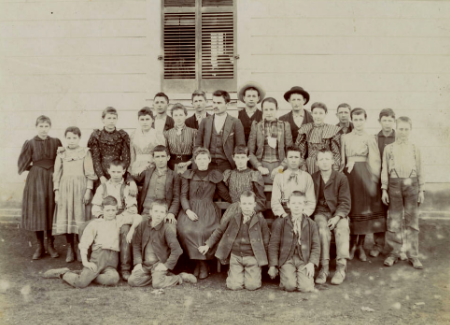
Frederick William Bell (Fred) was the Bells’ third child and was born at the new ranch home in Chico in 1875. Fred remained on the farm and passed at the age of 30 due to severe illness.
Hugh John Bell (Blondy) led the most adventurous life, like that of his father serving in the First California Volunteer Regiment of the Spanish-American War and leaving in 1897, never to return. Blondy told his mother, “I won’t be back until I’m worth a million dollars,” leading to his death in 1932.
Eleanor Bell, the second oldest girl led her life as a pioneer as well, serving with the American Red Cross in France in World War 1 before making her way to San Francisco to learn dressmaking. She married Carl J. Ley and moved to Argentina to work for the government before returning to the United States.
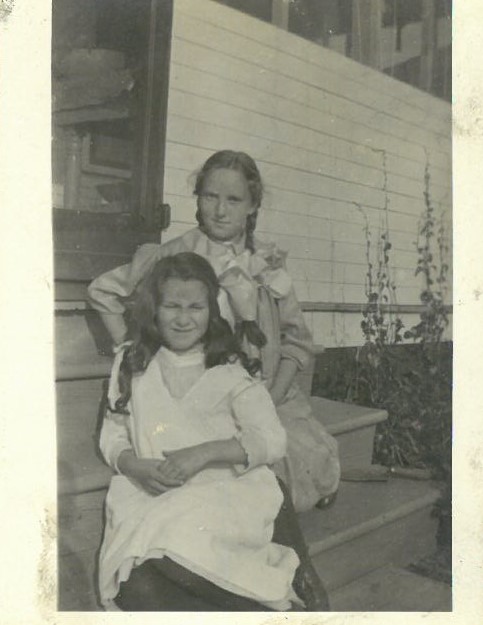 In 1880, Mary Agnes Bell was born at the ranch and attended Chico Normal School and Heald’s Business College in San Francisco. She later married John H. Nopel in 1913, living in Los Angeles before returning to Chico, where John operated the Nopel Grocery.
In 1880, Mary Agnes Bell was born at the ranch and attended Chico Normal School and Heald’s Business College in San Francisco. She later married John H. Nopel in 1913, living in Los Angeles before returning to Chico, where John operated the Nopel Grocery.
Ivison Washington Bell (Ivy) was born in 1883 and provided most lasting impact on the Bell Ranch. With the help of Jesse Bennett, the earliest organized round-up was conducted in the area as the Bennett and Bell Round-up on Deer Creek in the 1920s. Following his father’s death, Ivy took over operations of the ranch. Ivy married Bertha Opal Lane and raised three children: Hugh Thomas Bell (Tom), Claudine Opal, and Helen Lucille.
The youngest of the Bell children was Gertrude Lucille Bell, born in 1887. She attended Chico Normal School, married Frederick W. Dawson, and moved to Sacramento.
As the children attended elementary school at Nord School, Hugh Thomas Bell served as a longtime member of the school board for the Nord School District. He was interested in the advancement of education, serving as the district clerk in 1888.
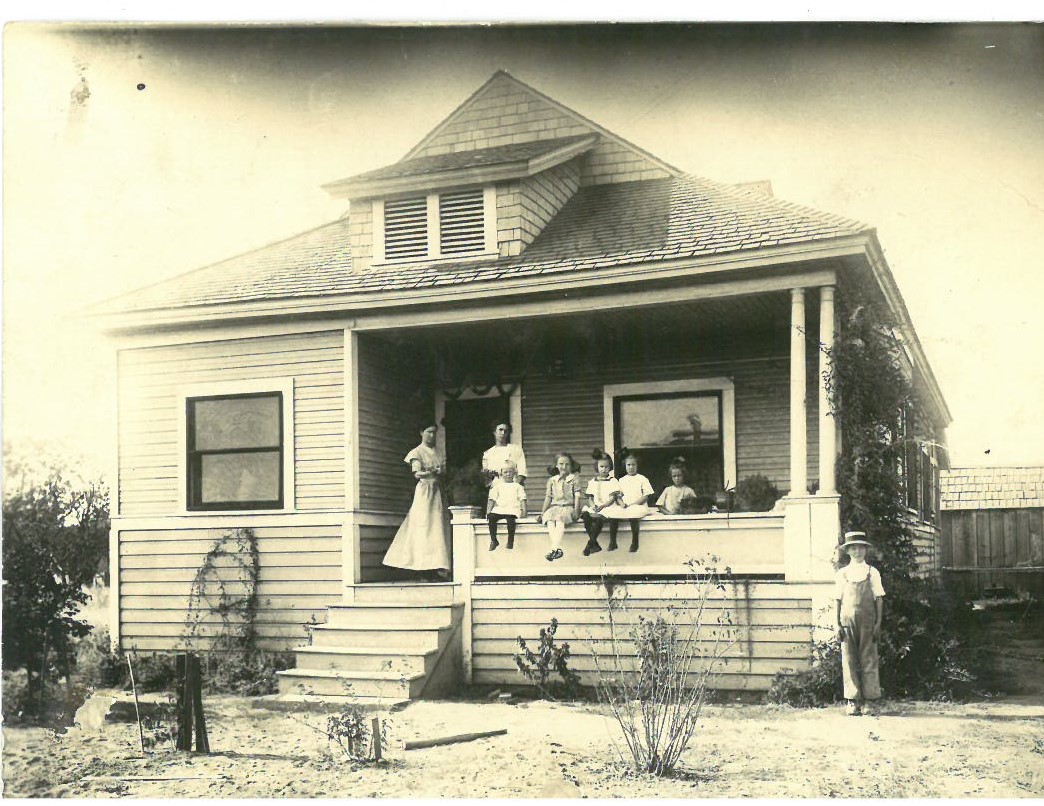 In 1901, the Bell Ranch experienced a devastating fire consuming the family’s home and all of its contents. Luckily, a newly purchased parcel of land held a house that the family could move directly into and the property became known as “The Jones Place” before rebuilding at “The Old Home Place.”
In 1901, the Bell Ranch experienced a devastating fire consuming the family’s home and all of its contents. Luckily, a newly purchased parcel of land held a house that the family could move directly into and the property became known as “The Jones Place” before rebuilding at “The Old Home Place.”
In his later years, Bell’s health suffered and he ultimately passed from pneumonia on February 28, 1906, at the age of 74.
At the time of Bell’s passing, the Bell Ranch included 3,600 acres.
Start of a Legacy
With the assistance of her sons Frank and Ivy, Eleanor Bell continued the operation of the Bell Ranch until her passing in 1934. The ranch holdings were then divided amongst the sons involved in the operation and grandson Tom Bell. Following Frank’s passing in 1935, the Bell Ranch was left in the hands of father and son, Ivy and Tom. With new interests in ranching, Tom began to acquire land in the foothill country for winter pasture for a herd of Hereford beef cattle and acquiring land from family members who no longer wished to engage in farming. With Tom’s engagement in the family affair, the ranch was expanded to over 16,000 acres of ranchland in Northern California and along the Southern-Oregon border by 1975.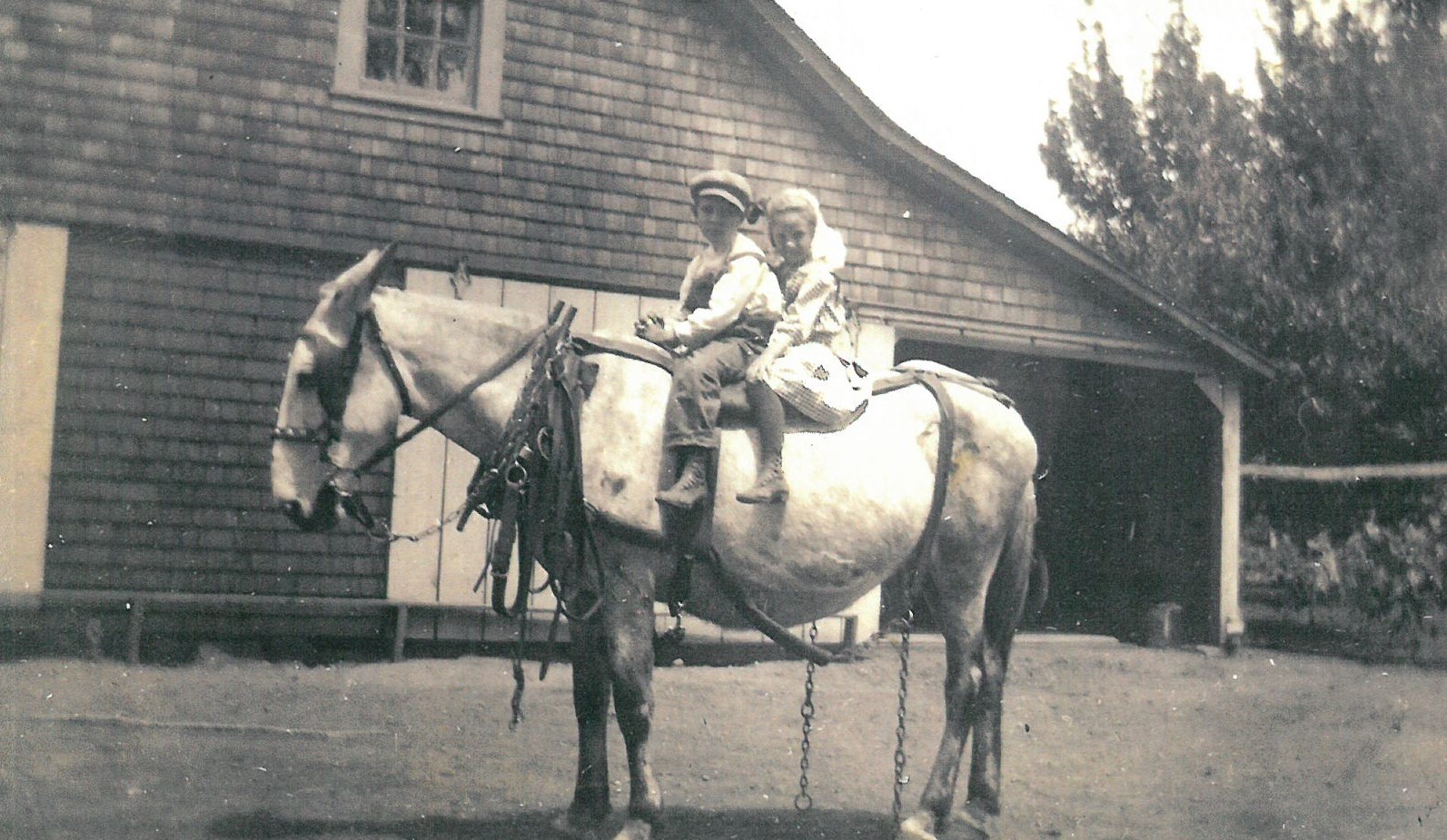
Historically, the Bell Ranch was known for mass production of wheat and barley, but with the Great Depression, Tom decided to transition the ranch to irrigated crops such as sugar beets, pink, lima, and kidney beans, and milo. Productivity increased dramatically with this change.
In 1975, the Bell Ranch was accepted into membership in the One Hundred Year Club of the State of California. Tom and his wife, Dorothy Bell, were present at a ceremony to accept membership accompanied by sisters Claudine Bell and Helen Bell Head.
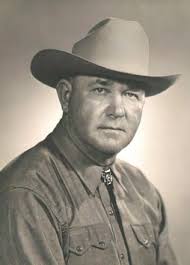 With Tom’s leadership at the ranch and his sister’s support, the grandchildren of the late Hugh Thomas Bell carried on the Bell name supporting the community of Butte County in several capacities.
With Tom’s leadership at the ranch and his sister’s support, the grandchildren of the late Hugh Thomas Bell carried on the Bell name supporting the community of Butte County in several capacities.
By all of those around him, Tom is described as an honest man.
In a story told by the sisters, his character shows through. The sisters described a time when Tom sold 100 herd of cattle to John Wayne.
“As the cattle were being counted for Mr. Wayne, his manager said to stop counting, ‘If Mr. Bell says there are 100 cows, there are 100 cows. He’s as honest as that!’ he said.”
Tom Bell’s life portrayed a greatly successful career in ranching and large expansion of the family ranch. With no children, following his passing in 1987, Tom’s legacy is being carried out through a generous scholarship endowment at Chico State, awarded to students studying animal science.
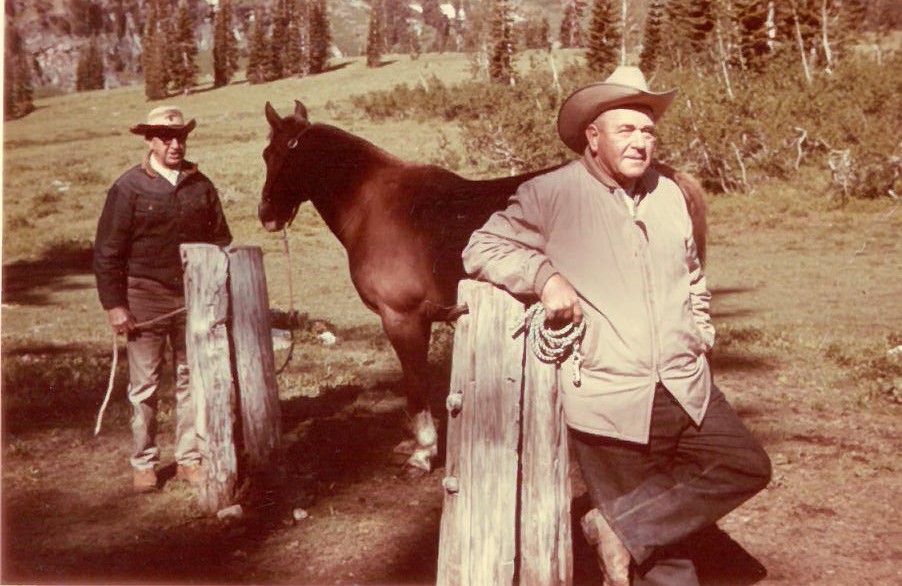 Following in their brothers’ footsteps, sisters Helen and Claudine have made several endorsements to support the community in Chico as well. In addition to gifts to Chico State, the Bell sisters were recognized in 2003 for their generous donations to Enloe Hospital and ultimate funding of the chapel to create a sacred space for mourning family members to find comfort.
Following in their brothers’ footsteps, sisters Helen and Claudine have made several endorsements to support the community in Chico as well. In addition to gifts to Chico State, the Bell sisters were recognized in 2003 for their generous donations to Enloe Hospital and ultimate funding of the chapel to create a sacred space for mourning family members to find comfort.
In 2005, the Bell Family was inducted into the Chico State College of Agriculture’s Hall of Honor to recognize their significant contributions to the success of the College.
While ranching in Fort Klamath, Oregon, Tom befriended a young Dan Giustina, the son of a logging and forestry entrepreneur from Eugene. Becoming lifelong friends, Tom and his wife Dorothy even built a room for Giustina in their house as he became a part of the family. Bell became a mentor to Giustina.
“What struck me most about Tom was he had a huge presence. He didn’t have to say a lot, but when he did, it meant something. Tom’s handshake was his word. You were bound by your word and no contracts were needed,” Giustina described in a 2013 interview with Chico State’s The Orion.
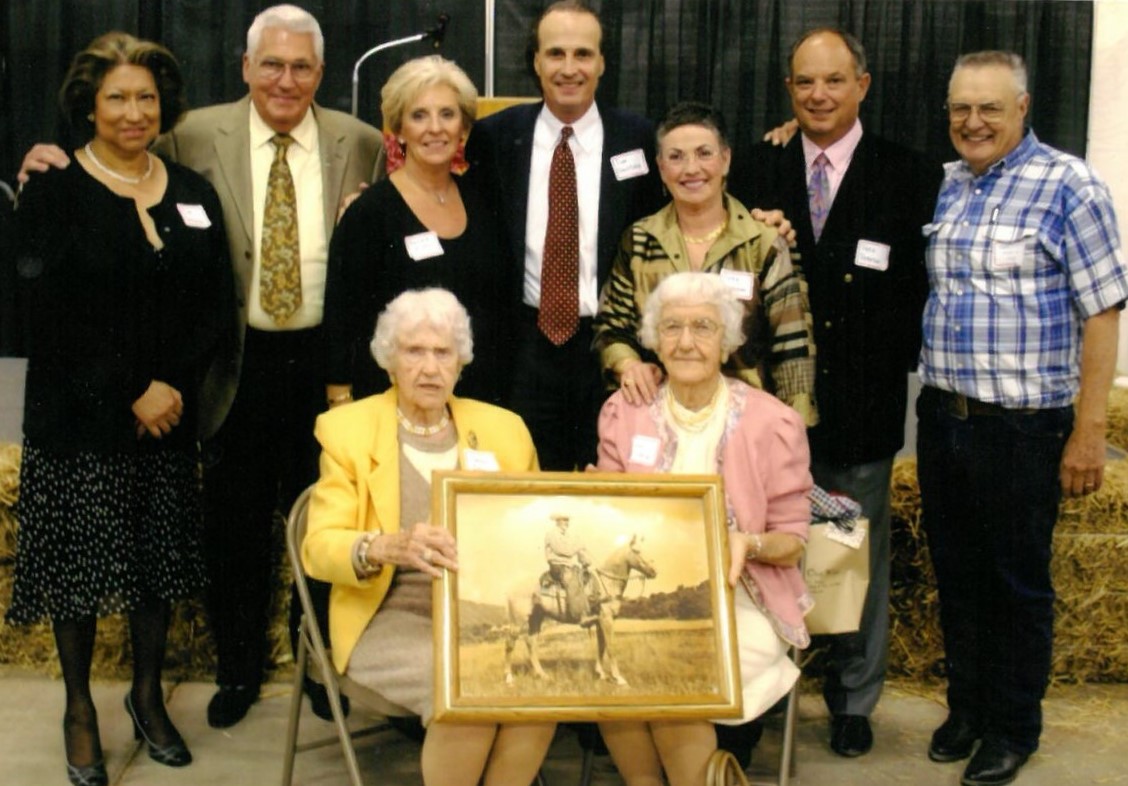 After Tom and Dorothy’s passings, Giustina’s relationship with Tom’s sisters Helen and Claudine continued to grow.
After Tom and Dorothy’s passings, Giustina’s relationship with Tom’s sisters Helen and Claudine continued to grow.
“They both taught in the local school system, and often talked about their education,” he said. “They were thankful of their education at Chico State, particularly that they had it during the Depression. They felt they made it through all right because they had an education, and they impressed that on other people. Education was a big part of their life, and our conversations always came back to Chico State.”
In addition to their passion for education, the Bell sisters became known for their sweet nature within the community and were commonly known as the C & H sisters, in reference to the famed sugar company.
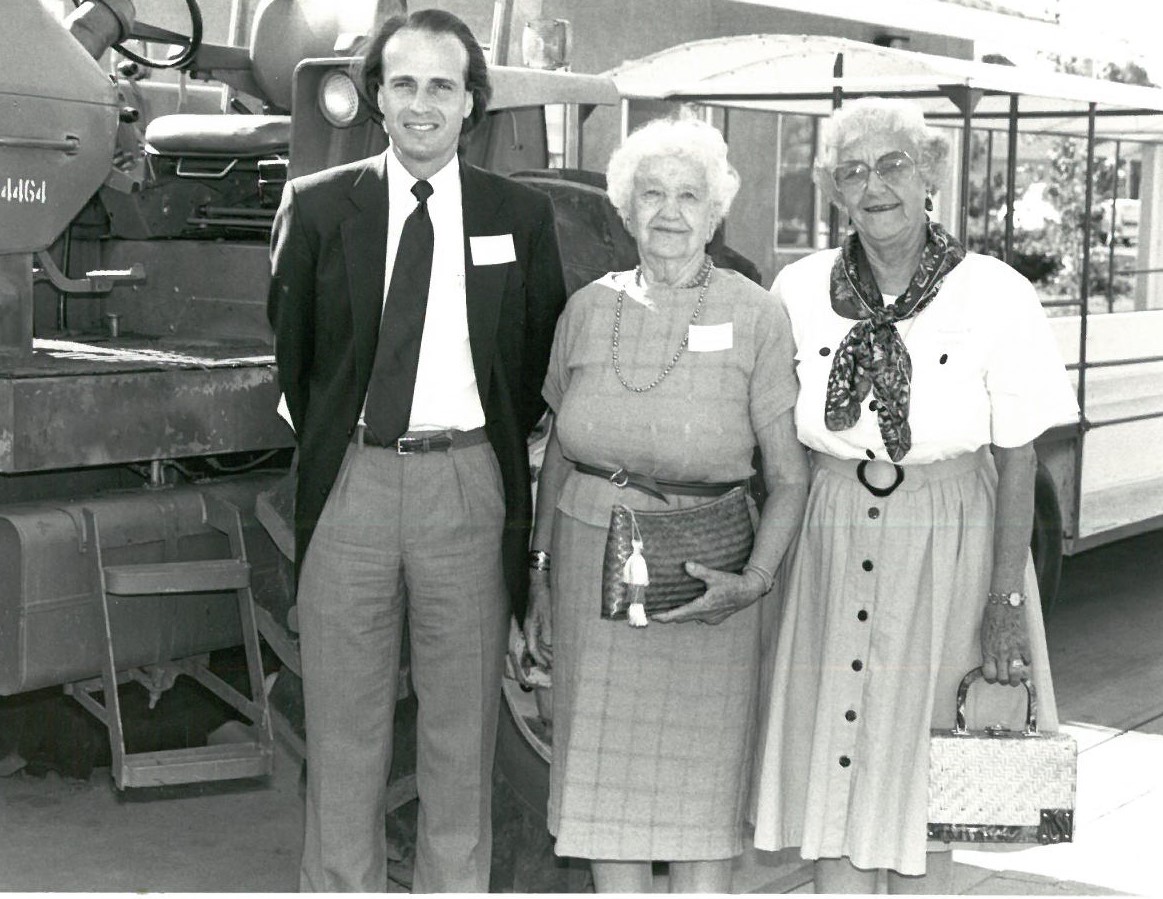 Following Claudine’s passing in 2011 and Helen in 2012, Giustina decided to honor the Bell Family with a $2 million gift in their name to support scholarships for agriculture students. The Bell Family Presidential Scholarship was the University’s largest scholarship fund to date.
Following Claudine’s passing in 2011 and Helen in 2012, Giustina decided to honor the Bell Family with a $2 million gift in their name to support scholarships for agriculture students. The Bell Family Presidential Scholarship was the University’s largest scholarship fund to date.
Giustina’s goal was to bring the best and brightest to Chico State while carrying on the legacy of the Bell Family through each of the scholars’ successes. Just as Giustina would make the trip to Chico in the 1960s, he continues his tradition once a year to visit his Bell family.

